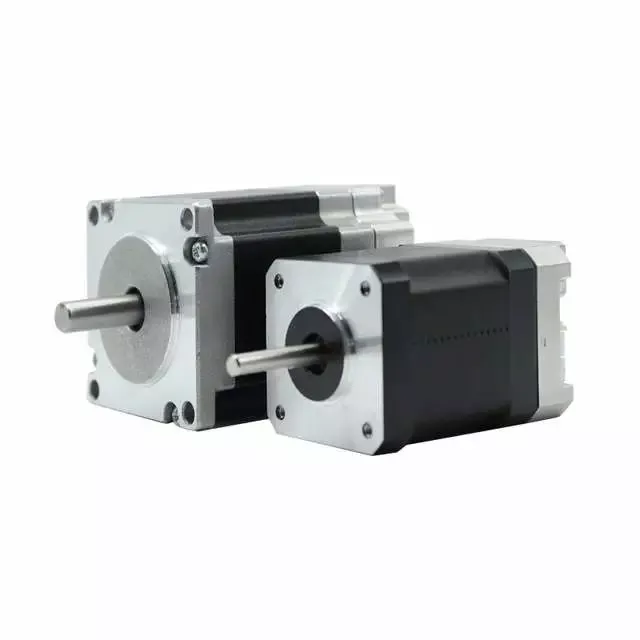Engineers want servo systems to do exactly what they want them to do. So how can the servo system achieve this? Very simple, it adds an encoder structure compared to ordinary motors.
In actual work, the PLC is connected to the motor driver through the bus or pulse, and the driver will receive the feedback pulse sent by the encoder while driving the motor to realize a closed control loop. If there is a control error in the middle, the servo system will correct itself gradually until it works perfectly according to the instructions of the controller.
Some servos have a battery box structure, which is used to provide emergency power support for certain encoders, a bit similar to UPS, mainly used for incremental encoders. If there is no such battery, the encoder will lose its positioning in the event of a sudden power failure and needs to be reset, which will be very troublesome. If it is an absolute value encoder, generally there is no such problem.
Vhandy’s servo system uses a 17-bit or 23-bit multi-turn absolute encoder, and the system supports CANopen communication

Looking for a PLC I/O Coupler? Click to learn more!
